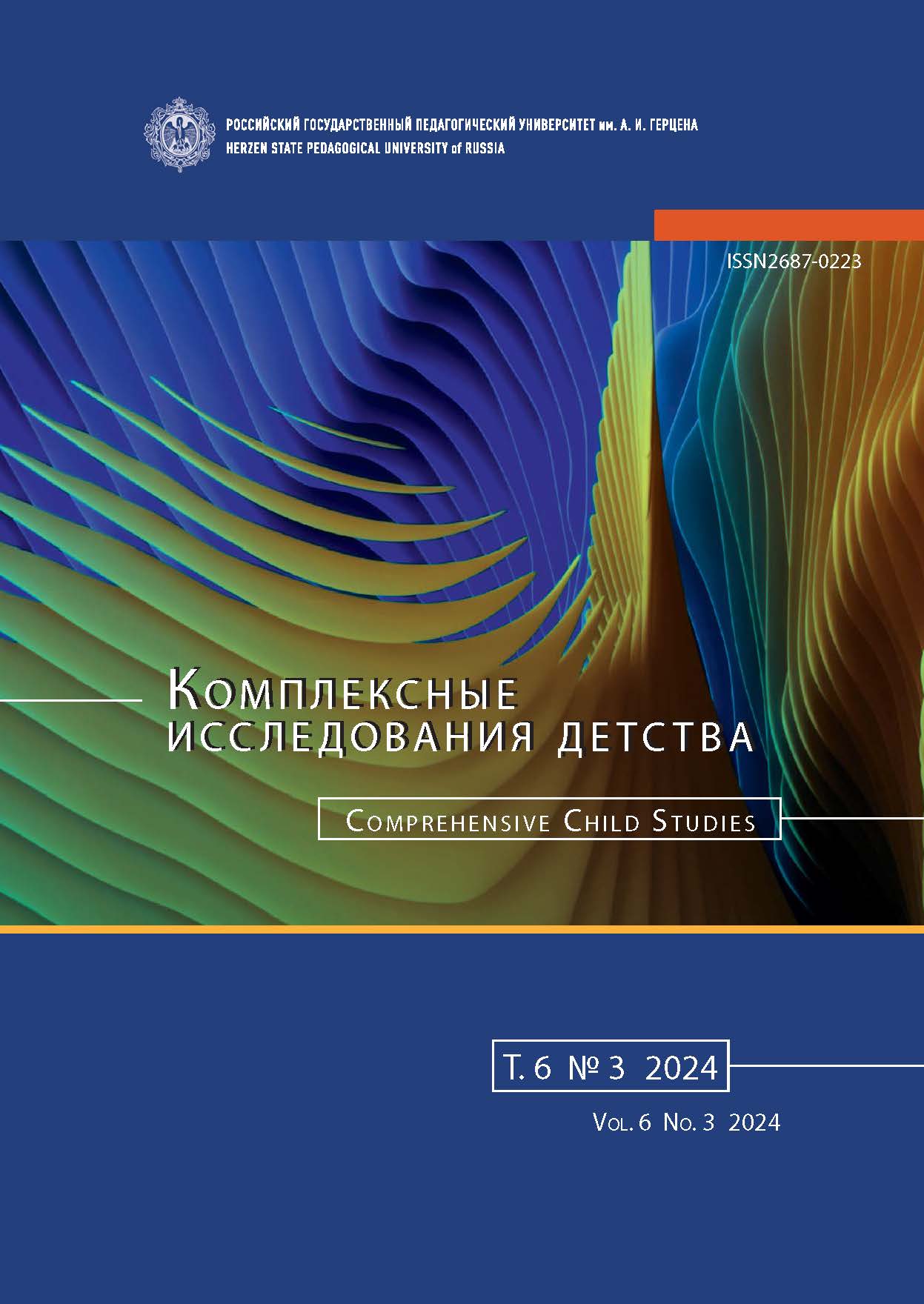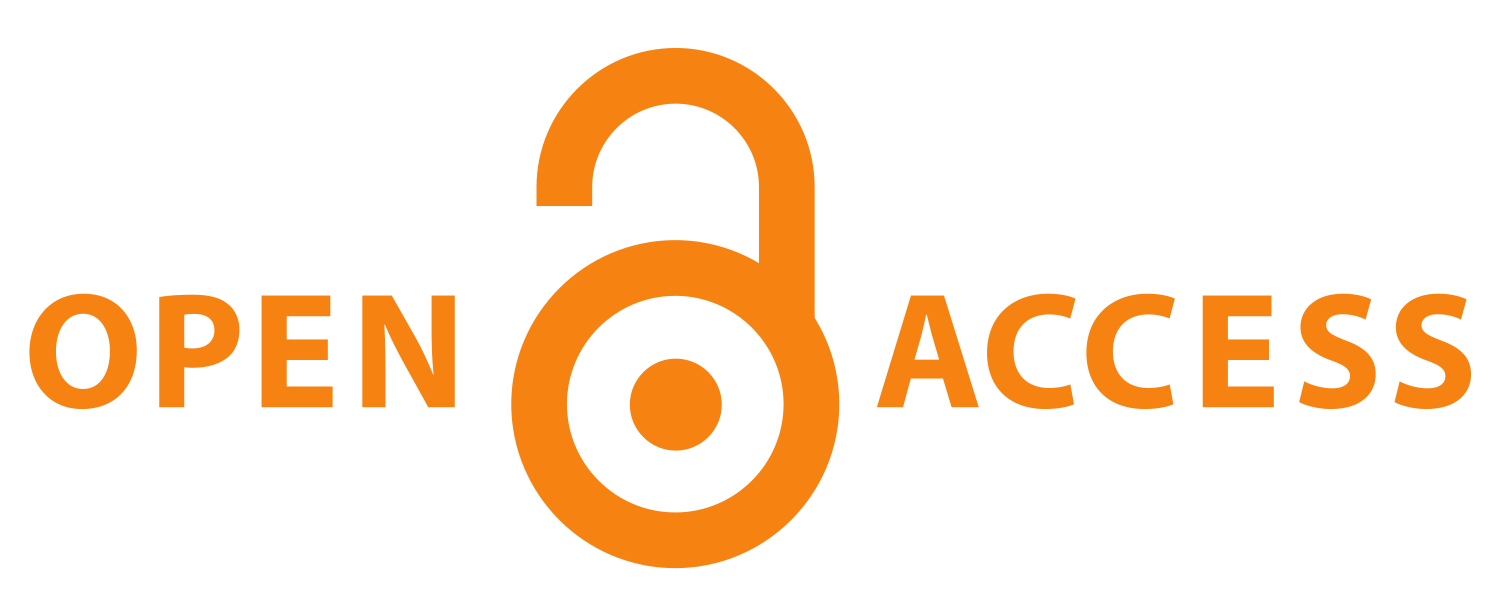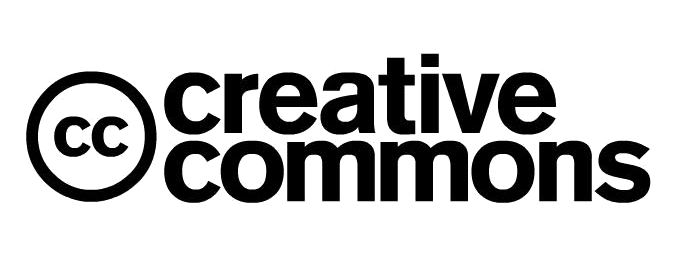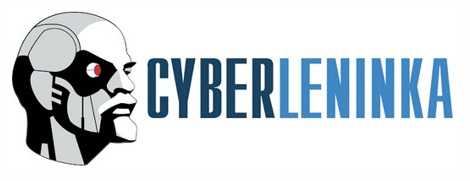Family image in preschoolers from Christian families
DOI:
https://doi.org/10.33910/2687-0223-2024-6-3-175-182Keywords:
family image, content of image, emotional attitude to family, well-being in family, Protestant families, Orthodox families, forms of manifestation of love in family, intergenerational interactionAbstract
The article describes the results of a study of the subjective family image in preschoolers from Christian — Orthodox and Protestant — families. The study focused on the content and different structural components of the family image. The study found that preschoolers’ image of the family is fragmented and indistinct, regardless of the family type. Children in Christian families view the family as extended, while children in families that do not consider themselves to be religious view the family as nuclear. The following functions of the family are reported: spiritual communication, psychotherapy, leisure activities and stability. Parents’ love for children takes the form of tactile contact, emotional support, and material satisfaction of children’s needs. The manifestations of children’s love for their parents mirror the manifestations of parents’ love for children. The connotative side of the family image is represented by a positive attitude towards the participants of the family system and the family as a whole. Children, regardless of their parents’ religion, perceive the family from the position of well-being. The study found that all the respondents have a positive motivation to create their own family. In Orthodox and Protestant families, there are differences in the content and evaluative components of the family image, and in the attitude towards family members. The differences include the perception of the father’s role in the family and the degree of emotional closeness of grandparents. The article describes the work aimed at psychological and pedagogical support of preschoolers who require correction of the family image, taking into account the specific features of the family type.
References
ЛИТЕРАТУРА
Александрова, Т. В. (2016) Психолого-педагогические условия формирования «образа семьи» у дошкольников. В кн.: И. А. Писаренко (ред.). Семья и ребенок: проблемы возрастного развития. Сборник статей Международной научно-практической конференции. СПб.: Политехника-сервис, с. 18–21.
Велиева, С. В. (2005) Диагностика психических состояний детей дошкольного возраста. СПб.: Речь, с. 128–129, 149–151.
Демидова, Н. И. (2003) Формирование «образа семьи» у старших дошкольников. Диссертация на соискание степени кандидата педагогических наук. М., Московский городской педагогический университет, 182 с.
Костина, Л. М. (2014) Особенности проявления установок на будущую семью и родительство у сиблингов- воспитанников детского дома и их сверстников, воспитывающихся в семье. В кн.: И. А. Писаренко (ред.). Психология и педагогика субъектов семейной и социальных систем: материалы Международной научно- практической конференции. СПб.: Политехника-сервис, с. 65–68.
Николаева, Е. И. (2017) Психология семьи. 2-е изд. СПб.: Питер, 368 с.
Романова, Е. С. (2002) Графические методы в психологической диагностике. СПб.: Речь, с. 66–74.
Рыжкова, А. В. (2009) «Образ семьи» у детей дошкольного возраста и их родителей. Диссертация на соискание степени кандидата психологических наук. СПб., Российский государственный педагогический университет им. А. И. Герцена, 216 с.
REFERENCES
Aleksandrova, T. V. (2016) Psikhologo-pedagogicheskie usloviya formirovaniya “obraza sem’i” u doshkol’nikov [Psychological and pedagogical conditions for the formation of the image of the family in preschoolers]. In: I. A. Pisarenko (ed.). Sem’ya i rebenok: problemy vozrastnogo razvitiya. Sbornik statej Mezhdunarodnoj nauchno-prakticheskoj konferentsii [Family and child: Problems of age development. Materials of the International scientific and practical conference]. Saint Petersburg: Politekhnika-servis Publ., pp. 18–21. (In Russian)
Demidova, N. I. (2003) Formirovanie “obraza sem’i” u starshikh doshkol’nikov [Formation of “family image” among older preschoolers]. PhD dissertation (Pedagogy). Moscow, Moscow City Pedagogical University, 182 p. (In Russian)
Kostina, L. M. (2014) Osobennosti proyavleniya ustanovok na budushchuyu sem’yu i roditel’stvo u siblingov-vospitannikov detskogo doma i ikh sverstnikov, vospityvayushchikhsya v sem’e [Peculiarities of the manifestation of attitudes toward a future family and parenthood among siblings in an orphanage and their peers raised in a family]. In: I. A. Pisarenko (ed.). Psikhologiya i pedagogika sub’ektov semejnoj i sotsial’nykh sistem: materialy Mezhdunarodnoj nauchno-prakticheskoj konferentsii [Psychology and pedagogy of subjects of family and social systems: Materials of the International scientific and practical conference]. Saint Petersburg: Politekhnika-servis Publ., pp. 65–68. (In Russian)
Nikolaeva, E. I. (2017) Psikhologiya sem’i [Family psychology]. 2nd ed. Saint Petersburg: Piter Publ., 368 p. (In Russian)
Romanova, E. S. (2002) Graficheskie metody v psikhologicheskoj diagnostike [Graphical methods in psychological diagnostics]. Saint Petersburg: Rech’ Publ., pp. 66–74.
Ryzhkova, A. V. (2009) “Obraz sem’i” u detej doshkol’nogo vozrasta i ikh roditelej [Family image in preschool children and their parents]. PhD dissertation (Psychology). Saint Petersburg, Herzen State Pedagogical University of Russia, 216 p. (In Russian)
Velieva, S. V. (2005) Diagnostika psikhicheskikh sostoyanij detej doshkol’nogo vozrasta [Diagnostics of mental states of preschool children]. Saint Petersburg: Rech’ Publ., pp. 128–129, 149–151. (In Russian)
Downloads
Published
Issue
Section
License
Copyright (c) 2025 Tatyana V. Aleksandrova

This work is licensed under a Creative Commons Attribution-NonCommercial 4.0 International License.
The work is provided under the terms of the Public Offer and of Creative Commons public license Creative Commons Attribution 4.0 International (CC BY 4.0).
This license permits an unlimited number of users to copy and redistribute the material in any medium or format, and to remix, transform, and build upon the material for any purpose, including commercial use.
This license retains copyright for the authors but allows others to freely distribute, use, and adapt the work, on the mandatory condition that appropriate credit is given. Users must provide a correct link to the original publication in our journal, cite the authors' names, and indicate if any changes were made.
Copyright remains with the authors. The CC BY 4.0 license does not transfer rights to third parties but rather grants users prior permission for use, provided the attribution condition is met. Any use of the work will be governed by the terms of this license.







